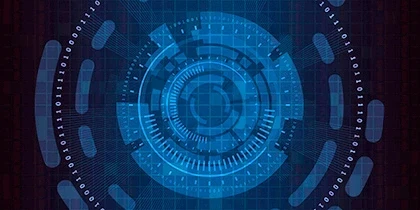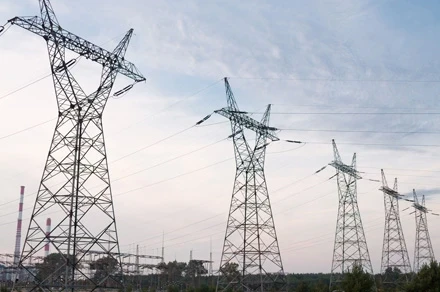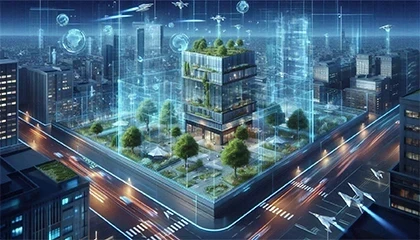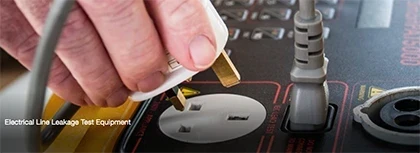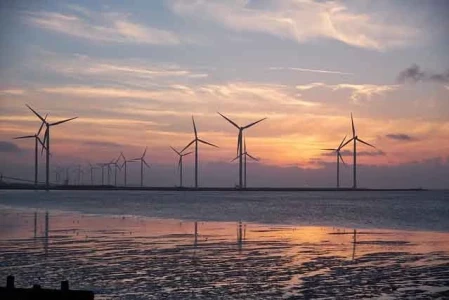Texas CEO Calls for Redesign of the Grid
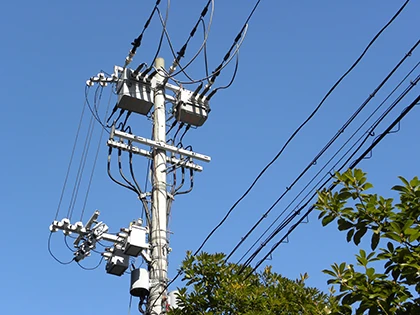
As Texas continues to experience rapid population growth and surging electricity demand, there is increasing pressure on the state's electrical grid to meet the needs of its residents. According to Texas energy leader, Dan Woodfin, the state's grid needs a fundamental redesign to address the growing load and ensure reliability in the face of climate variability. Woodfin, the CEO of an influential energy company, argues that traditional methods of grid expansion are no longer sufficient for managing the future of Texas' energy infrastructure.
The Challenge of Texas' Load Growth
Texas is undergoing one of the fastest population expansions in the country, with new residents arriving every day. This influx has led to heightened demand for electricity, particularly during the state's sweltering summer months when air conditioning use peaks. The state's electric grid, which operates independently of the rest of the U.S., has struggled in recent years to keep up with spikes in demand, resulting in occasional blackouts and rolling power outages. As climate change accelerates, with increasing temperatures and severe weather events, the strain on Texas' energy infrastructure is expected to grow even more.
Woodfin suggests that rather than merely attempting to patch up the existing grid, the state needs a visionary approach to grid design — one that anticipates future demands and integrates new technologies in a more cohesive and adaptable manner.
Rethinking Grid Design for the Future
The concept of redesigning the grid from scratch is not as radical as it may seem. The Texas grid is already undergoing significant changes. In recent years, renewable energy sources, particularly wind and solar power, have become integral parts of the state's electricity mix. Texas is a leader in wind energy, with over 30 gigawatts of wind generation capacity, and solar installations are steadily increasing as well. However, these renewable sources are intermittent and pose challenges for grid stability.
Woodfin advocates for a grid that can more effectively handle decentralized power generation and variable renewable energy sources. This vision includes integrating advanced storage solutions, such as large-scale batteries, to store surplus power generated during peak renewable production times. By adding storage capacity, the grid can smooth out the fluctuations in renewable generation and ensure power availability during periods of high demand or low renewable output.
In addition to enhancing storage, Woodfin suggests expanding the use of distributed energy resources (DERs) such as residential solar panels, energy efficiency measures, and electric vehicles (EVs). These technologies can help reduce peak demand by empowering consumers to generate and store their own energy or manage their consumption in real-time, reducing the burden on the central grid.
A More Resilient, Flexible Grid
Another key aspect of Woodfin's proposed redesign is making the grid more resilient and flexible. Texas has already experienced significant weather-related grid failures, notably the devastating winter storm in February 2021, which left millions without power for days. The event highlighted the vulnerabilities of the existing grid and the urgent need to build a more resilient infrastructure that can withstand extreme weather events.
Woodfin's vision includes not only strengthening the physical grid infrastructure, such as updating transmission lines and substations, but also enhancing its ability to respond to demand fluctuations and unexpected disruptions. This could involve implementing more sophisticated grid management systems that leverage real-time data and artificial intelligence (AI) to predict and respond to demand spikes or generation shortfalls. Advanced predictive analytics could help grid operators make smarter decisions and minimize the risk of outages.
A redesigned grid could also prioritize decentralization. Instead of relying solely on large, centralized power plants, a more distributed network of local generation sources could create a more flexible grid. This decentralization would make it easier to integrate renewable energy sources and improve resilience by reducing the impact of localized outages.
The Path Forward
Woodfin's call for a redesigned grid in Texas aligns with broader trends across the energy industry, where many experts believe that the future grid must be smarter, more resilient, and more sustainable. As the state grapples with continued growth and the challenges posed by climate change, the question is not whether to redesign the grid but how to do so in a way that balances affordability, reliability, and environmental sustainability.
Texas may not be able to build an entirely new grid overnight, but the incremental steps toward a more adaptive, resilient energy system are already underway. Through investments in renewable energy, energy storage, and grid modernization, the state has the potential to build a grid that not only meets the current needs of its residents but can also support its future energy requirements in a changing climate. As Woodfin suggests, starting with a fresh perspective on grid design may be the key to ensuring Texas' energy future is secure, reliable, and sustainable.

